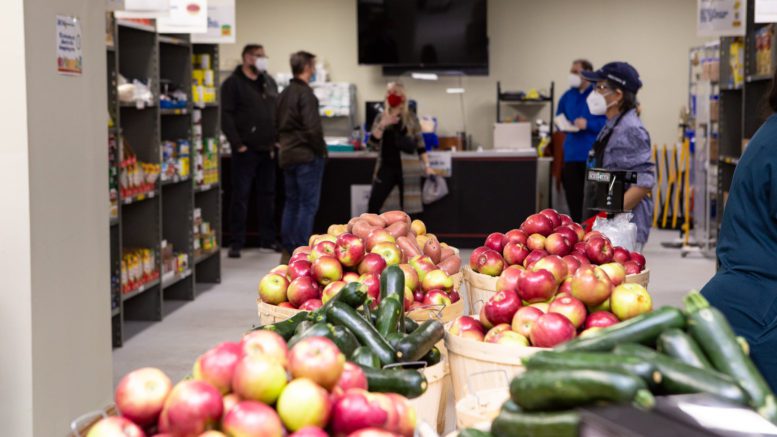Canadians are struggling to maintain food security due to soaring grocery prices, and it’s costing them their money and health, one expert says.
“Food insecurity is associated with great risk for a wide range of mental and physical health problems including arthritis, asthma, heart conditions, chronic pain, diabetes, mood and anxiety disorders, and depression” said Tim Li, PROOF program coordinator at the University of Toronto.
Canada’s recent inflation rate hit a 30-year high in 2022, with a nearly five per cent increase, according to Statistics Canada, and rose to 6.7 per cent in March. The increase came after COVID-19-related disruption of operations, supply chain issues, increasing housing prices, and the war in Ukraine.
Among those factors, shortage of labour workers, COVID-19 safety measures, and unfavourable weather conditions contribute to the inflation, according to StatCan.
According to the 12th Edition of Canada’s Food Price Report by Dalhousie University, the average family of four will pay an additional CAD $966 for food in 2022, for an annual total of $14,767.
“$100 used to be enough groceries for two weeks, now that’s impossible,” Tina Gomez, an East-York resident, said. Although she tries to get discounted groceries, it’s been harder to find options.
Food-bank demand soars
More Canadians are becoming reliant on food banks to put food on the table. Food Bank usage has seen a 47 per cent increase compared to 2021, according to the Daily Bread Food Bank.
Individuals and families of all income levels are turning in to food banks, said Meryl Wharton, President of Allan Gardens Food bank.
“We’re open two days, and we serve about 700 clients in those two days. It’s a 100 per cent increase than previous year,” she said.
However, food banks cannot become the primary solution to food insecurity, according to Li.
“Food insecurity is a problem of inadequate income, which is not solved by food,” he said. “By the time a household experiences food insecurity, they are also struggling with other basic needs, like housing and prescription medication.”
What does it mean for the future of Canadians?
As food prices continue to climb, more people will experience food insecurity. Food banks could become exhausted by the amount of demand they face.
For people who are of lower-income and may already be struggling, they may face more hardship.
Another phenomenon caused by inflation will be grocery-store theft. Items such as meat, dairy, and medication will be the highest sought-after items, according to the Food Price Report.
Solutions to food insecurity
The minimum wage and salaries across Canada have not kept up with the increase in prices. Although Ontario recently increased its minimum wage to CAD $15 an hour, and will go up to $15.50 in October, Li said the solution requires more security for Canadians.
“A guaranteed annual income, or basic income, is a promising way to ensure all Canadians have secure and sufficient income to afford the necessities, including working families who make up almost two-thirds of the food-insecure,” Li said.
The Stop food bank said a living wage in Toronto is $22.08 per hour.

